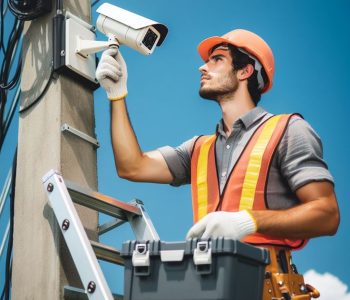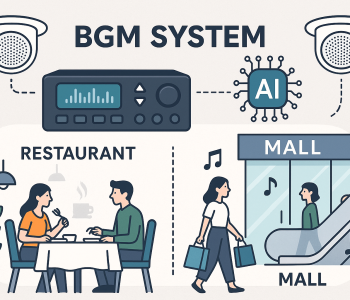 Communication
Communication
What is ELV? How to Set Up ELV Systems…
What is ELV?
ELV refers to additional low voltage, which means an electrical system that works at a voltage level less than 50 V AC or 120 V DC. ELV systems are commonly found in the safety, communication, monitoring, and management of buildings. Some ELV systems include closed-circuit television (CCTV), access control systems, public address (PA) systems, and structured cabling.

How to Set Up ELV Systems
Establishment of the ELV system can be quite a task, so we have broken the overall process into different stages.
- Site Evaluation and Project Design:
Identify the purpose of the space in question (workplace, residential, or commercial). Set required ELV systems (CCTV, Intercom, Access Control System, etc.)
Create a device network design, list electrical requirements, and prepare cableway leaves.
- Site Setup:
Install a network device (CCTV camera, motion sensor, access control electric panel, etc.).
Install Cabbing System
- System Configuration:
For network systems, allocate IP addresses to devices and connect the devices to the network.
Set apps, control panels, and software configurations (examples of access control configuration and CCTV angles).
Install user, grant and integration (an example is combining custom control access with the appearance of time)
- Performance Setting and System Testing:
Use the system to ensure that all components and skills are working.
Adjust the system for optimal settings that easily deal with performance, safety, and use.
- Servicing and Modifications:
Monitor the system for frequent patches, changes, or maintenance functions. Protect the integrity of the system by updating or patching the software.
Changes ELV Has Made:
ELV systems have evolved in several ways over time:
- Integration and Convergence:
- The ELV systems are now more integrated.
For example, CCTV, access control, and time attendance systems can be managed from the same platform, making monitoring and management more streamlined.
- The ELV systems are now more integrated.
- Wireless and Cloud-Based Solutions:
- ELV systems, such as safety cameras or intercoms, are moving towards wireless and cloud-based solutions rapidly, which requires wide physical cables to decrease and make remote access easier.
- Higher Quality and Efficiency:
- The quality of ELV solutions has improved significantly. For example, IP-based CCTV cameras provide high-definition footage, while new public address systems provide clear sound and better integration with other systems.
- Advanced Automation and AI:
- ELV systems now include automation and AI-operated features, such as smart security systems that use facial identification or smart energy management systems that adapt to electricity use.
- Scalability and Flexibility:
- ELV solutions, from small offices to large corporate buildings, with easy upgrades and expansion, are more scalable and favorable for different environments.
In short, the ELV systems have become more sophisticated, user-friendly, and integrated into a broad smart-bedding ecosystem








